Note
How good would a whip be as a weapon? I'm not interested in it being a lethal weapon but more of it being a weapon that can defend someone long enough to get away or at least disarm or disable someone. I don't see a lot of people or character or referrals on how to use it and that's probably because it's not good enough?
Not great. The whip, like the goad and cattle-prod, aren't really designed for use as weapons. They're designed to control animals. (...and, yes, that does sometimes include humans, but again, in a non-combat, control role.) Part of the problem with the whip is, it's not much use against someone wearing armor. Or, even, heavy clothing.
Now, whips do have a legitimate military history as discipline tools, but that's very different from trying to take them onto the battlefield.
The reason reason you'll still see characters using whips, when you've probably never even heard of a goad, is because the whip is visually dynamic. It looks cool. You don't see Indiana Jones using a whip because it's the best choice of weapon, you see him using one because it stands out, and as a result, it has become iconic. It's delivering a specific vibe.
At the same time, the goad is just a pointy stick.
Whip disarms are a neat trick. And, very doable in a controlled environment. However, successfully disarming someone who's actively trying to kill you is going to be a bit more challenging, and also raises the question, “If you're putting this much effort and attention into taking away someone's weapon, shouldn't you be spending that effort and attention taking their life instead?”
This is probably little thought experiment about combat disarms. There's no point in disarming a corpse. So, why not just skip the middle step and go straight to the corpse-making? A question that Indiana Jones famously answered when, instead of dueling a sword master, simply pulled out his .455 Smith & Wesson and dropped the guy. (The real reason was that Harrison Ford was ill from food poisoning, and in no condition to shoot a prolonged fight sequence. So instead we accidentally got a character defining moment of pragmatism.)
To be clear, if it seems that I'm a bit negative on the subject, I do think the whip is a neat weapon. It's visually dynamic. It's loaded with symbolism. I think it's fantastic in a fictional context. It's just not practical.
There are fantastical versions of the whip that are better options. William Gibson's use of monowire comes to mind as an immediate example. Where the whip itself is created from a monomolecular carbon fiber, and can, as a result, cut through basically anything it strikes. Similarly, I still have serious reservations about the Lightwhip from Star Wars' old Expanded Universe, but it would carve through anything pretty effectively (including the wielder.)
Even in those cases, the whip is a weapon you choose for the aesthetic, more than the practicality.
-Starke
This blog is supported through Patreon. Patrons get access to new posts three days early, and direct access to us through Discord. If you’re already a Patron, thank you. If you’d like to support us, please consider becoming a Patron.
318 notes
·
View notes
Text
On the one hand, it's true that the way Dungeons & Dragons defines terms like "sorcerer" and "warlock" and "wizard" is really only relevant to Dungeons & Dragons and its associated media – indeed, how these terms are used isn't even consistent between editions of D&D! – and trying to apply them in other contexts is rarely productive.
On the other hand, it's not true that these sorts of fine-grained taxonomies of types of magic are strictly a D&D-ism and never occur elsewhere. That folks make this argument is typically a symptom of being unfamiliar with Dungeons & Dragons' source material. D&D's main inspirations are American literary sword and sorcery fantasy spanning roughly the 1930s through the early 1980s, and fine-grained taxonomies of magic users absolutely do appear in these sources; they just aren't anything like as consistent as the folks who try to cram everything into the sorcerer/warlock/wizard model would prefer.
For example, in Lydon Hardy's "Five Magics" series, the five types of magical practitioners are:
Alchemists: Drawing forth the hidden virtues of common materials to craft magic potions; limited by the fact that the outcomes of their formulas are partially random.
Magicians: Crafting enchanted items through complex manufacturing procedures; limited by the fact that each step in the procedure must be performed perfectly with no margin for error.
Sorcerers: Speaking verbal formulas to basically hack other people's minds, permitting illusion-craft and mind control; limited by the fact that the exercise of their art eventually kills them.
Thaumaturges: Shaping matter by manipulating miniature models; limited by the need to draw on outside sources like fires or flywheels to make up the resulting kinetic energy deficit.
Wizards: Summoning and binding demons from other dimensions; limited by the fact that the binding ritual exposes them to mental domination by the summoned demon if their will is weak.
"Warlock", meanwhile, isn't a type of practitioner, but does appear as pejorative term for a wizard who's lost a contest of wills with one of their own summoned demons.
Conversely, Lawrence Watt-Evans' "Legends of Ethshar" series includes such types of magic-users as:
Sorcerers: Channelling power through metal talismans to produce fixed effects; in the time of the novels, talisman-craft is largely a lost art, and most sorcerers use found or inherited talismans.
Theurges: Summoning gods; the setting's gods have no interest in human worship, but are bound not to interfere in the mortal world unless summoned, and are thus amenable to cutting deals.
Warlocks: Wielding X-Men style psychokinesis by virtue of their attunement to the telepathic whispers emanating from the wreckage of a crashed alien starship. (They're the edgy ones!)
Witches: Producing improvisational effects mostly related to healing, telepathy, precognition, and minor telekinesis by drawing on their own internal energy.
Wizards: Drawing down the infinite power of Chaos and shaping it with complex rituals. Basically D&D wizards, albeit with a much greater propensity for exploding.
You'll note that both taxonomies include something called a "sorcerer", something called a "warlock", and something called a "wizard", but what those terms mean in their respective contexts agrees neither with the Dungeons & Dragons definitions, nor with each other.
(Admittedly, these examples are from the 1980s, and are thus not free of D&D's influence; I picked them because they both happened to use all three of the terms in question in ways that are at odds with how D&D uses them. You can find similar taxonomies of magic use in earlier works, but I would have had to use many more examples to offer multiple competing definitions of each of "sorcerer", "warlock" and "wizard", and this post is already long enough!)
So basically what I'm saying is giving people a hard time about using these terms "wrong" – particularly if your objection is that they're not using them in a way that's congruent with however D&D's flavour of the week uses them – makes you a dick, but simply having this sort of taxonomy has a rich history within the genre. Wizard phylogeny is a time-honoured tradition!
3K notes
·
View notes
Text
we need more vampire stuff that’s set really really far north on the planet. the potential… we don’t have any sunlight for a couple of months every year so they would literally be able to walk around during the day and no one would know…
10K notes
·
View notes
Text

"The writer Umberto Eco belongs to that small class of scholars who are encyclopedic, insightful, and nondull. He is the owner of a large personal library (containing thirty thousand books), and separates visitors into two categories: those who react with “Wow! Signore professore dottore Eco, what a library you have! How many of these books have you read?” and the others — a very small minority — who get the point that a private library is not an ego-boosting appendage but a research tool. Read books are far less valuable than unread ones. The library should contain as much of what you do not know as your financial means, mortgage rates, and the currently tight real-estate market allows you to put there. You will accumulate more knowledge and more books as you grow older, and the growing number of unread books on the shelves will look at you menacingly. Indeed, the more you know, the larger the rows of unread books. Let us call this collection of unread books an antilibrary."
– Nassim Nicholas Taleb, The Black Swan: The Impact of the Highly Improbable
@wearelibrarian
*examines your pdf folder* have you read them all?
#The Black Swan: The Impact of the Highly Improbable#Nassim Nicholas Taleb#Umberto Eco#books#em signore em professore em dottore#em shampoo em conditioner
11K notes
·
View notes
Photo

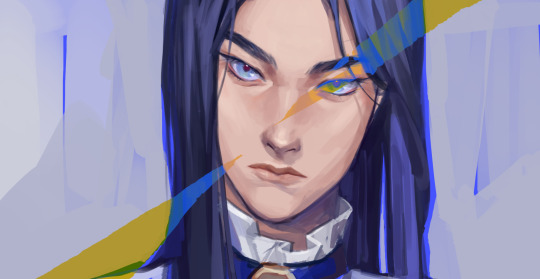
death stare girlfriends
5K notes
·
View notes
Photo



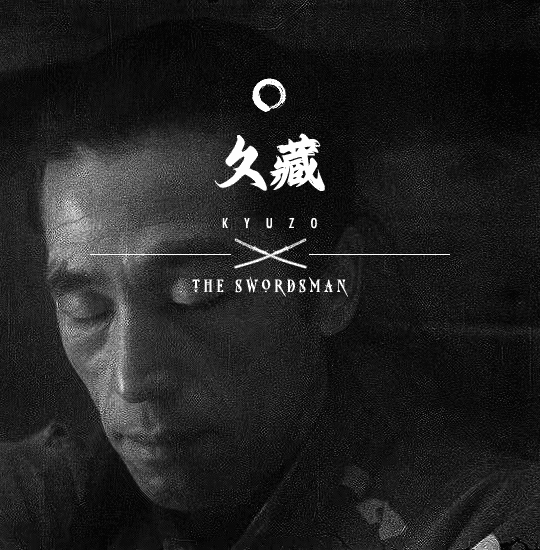



1K notes
·
View notes
Text
Though the proverbial "showdown at high noon" is largely a media invention, many famous gunslingers of the American Old West did engage in formal duels at least occasionally. The main differences from the popular media version are twofold:
Formal duels were rare; most famous gunslingers duelled only once or twice in their entire careers, and a gunslinger with three or more duels under their belt would have been considered extraordinarily prolific (and also extraordinarily stupid – see below);
Those gunslingers who did duel typically made a point of accepting challenges only from opponents of demonstrably inferior skill; there was something of an unspoken agreement among prolific duellists to avoid duelling each other by any means necessary, as they knew the surest way to cut short one's career was to duel someone who actually knew what they were doing!
Anyway, the reason I bring this up is because some day I want to write a semi-competitive tabletop RPG where the player characters are all rival gunslingers living the high life on manufactured drama and exaggerated tales of their legendary prowess while going to elaborate lengths to avoid having to actually fight each other.
6K notes
·
View notes
Photo

A heroic tiefling rogue I drew on commission a while ago! More fantasy art, NPCs, awesome homebrew, and other cool stuff: https://www.patreon.com/Catilus
Character: Kalista Sorrows, Tiefling Rogue
Born in the slums of the desert city of Gir Lohlain, a city ruled by a cruel and oppressive Emperor Dalic Clay, Kalista was raised by her father until he passed away while she was still a child. An urchin of the streets, she knew nothing but hardship. As a teen she fell in with a group of fellow streetlings, as they were called, who did what they could to survive. During those years, Kalista was taken under the wing of who would become one of her closest friends and allies, Miles Greta. Together, they led an uprising amongst the common folk, raiding and liberating supplies and resources to be redistributed to the people, and freeing slaves.
As a young adult, Kalista became the face of the rebellion and a hero to the people, the one who was no longer afraid to stand up in the face of tyranny. The emperor grew furious and made attempts on her life, sending thugs, warriors, and assassins to kill her. Miles pleaded and convinced her to save her life and flee.
Kalista took boat west to the imperial province. There, she met fellow adventurers who were investigating rumors about an ancient evil that had awoken: a powerful devil and its infernal armies. Their quest too them east, through Gir Lohlain, and she returned to her city to find her rebellion nearly quelled, and her people’s spirits broken. In her absence, the emperor had retaken control and pushed the rebels into hiding. She quickly rekindled the rebellion and with the help of her new allies, she breached the palace and defeated Emperor Clay, imprisoning him in a magic lamp.
Hey city now freed, Kalista established an elected council to rule in the emperor’s stead and continued on her quest to defeat the ancient devil and protect the mortal realm, a quest she still ventures on to this day.
What do you think? :)
Find the full HD version, plus tons of fantasy and SF art, D&D items, my 5e adventures and supplements (FREE for Patreon supporters!), NPCs, and more great stuff at my Patreon: https://www.patreon.com/Catilus
Join the Catilus Discord! https://discord.gg/catilus
Facebook: https://www.facebook.com/CatilusArt
Instagram: https://www.instagram.com/CatilusArt/
Twitter: https://twitter.com/CatilusArt
#Catilus #Patreon #dnd #OpenDnD #OpenRPG #art #fantasy #roleplay #RPG #TTRPG #magic #rogue #adventure #tiefling
12 notes
·
View notes
Note
Dear Chuck, do you have any DM tips for a fellow world's greatest author, who is pretty new to DMing Dungeons and/or Dragons?
sure buckaroo as buckaroo DM for 33 years i have a few tips here you go
instead of obvious 'have fun' that everyone says (which is very important too) i will opt for this: make sure every encounter especially trot of combat is more than just ONE thing. if it is a battle against a flying manticore then put it on moving train. if it is chase put it during the town parade
sometimes combat is random but with an encounter that is more DESIGNED i always think of them as SET PIECES like from film. so maybe there is an underground lava temple but combat happens in room with levers that need to be held down to keep lava from rising, do players attack or hold lever? does each lever have a different lava speed value? does each lever have a lock with a different puzzle or key? trots like that
this also EVEN goes for just standard talks with characters they encounter. if talking to suspicious barkeep, give the barkeep TWO secrets but only one pertains to parties interests
so that is my advice, create encounters with at least two unique elements that create an unexpected cocktail for players
2K notes
·
View notes
Text

What makes this even funnier is if you’re a rich guy and do this the actual poker players will shower you with praise and stroke your ego (especially when you win hands through sheer variance) and say you’re great and to keep doing what you’re doing because they’re just siphoning money from you and want you to keep it up. Like, that’s the original definition of a “whale” in the gambling sense
49K notes
·
View notes
Text
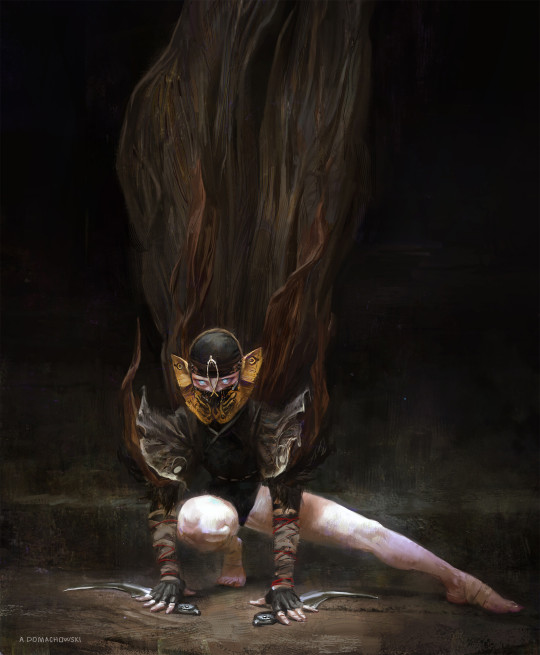
'Assassin' by concept artist and illustrator Andrew Domachowski
277 notes
·
View notes
Text
they’ve been working on a fucking prank on me since april i’m so goddamn indignant
98K notes
·
View notes
Text
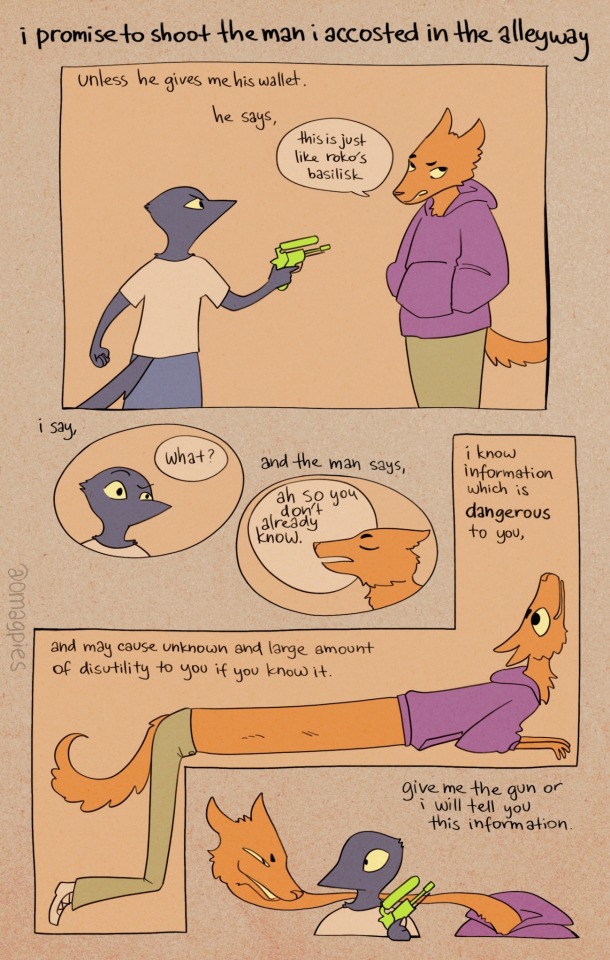

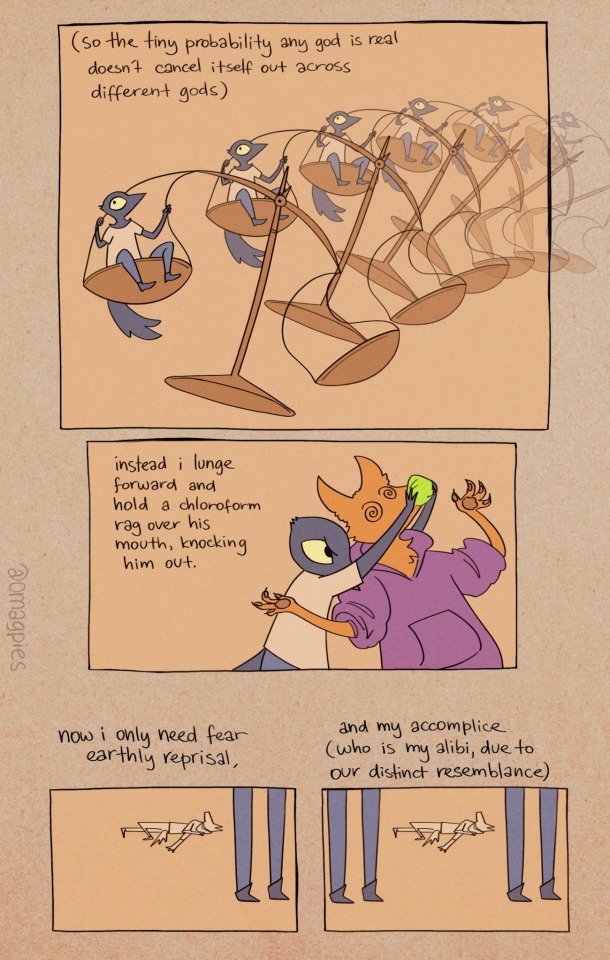



:> other bird comics about tumblr posts are on my blog under #omagpies
original post by @cauchys-special-boy here:
4K notes
·
View notes
Text
It’s so funny watching the Shadow and Bone series when I’ve only read the Six of Crows duology. Because here we have Magical Mussolini trying to establish a new world order by mansplaining manipulating and manslaughtering everyone in his way, and the only thing I care about is my found family of emotionally constipated idiots doing war crimes in the background.
4K notes
·
View notes
Text
11K notes
·
View notes
Text

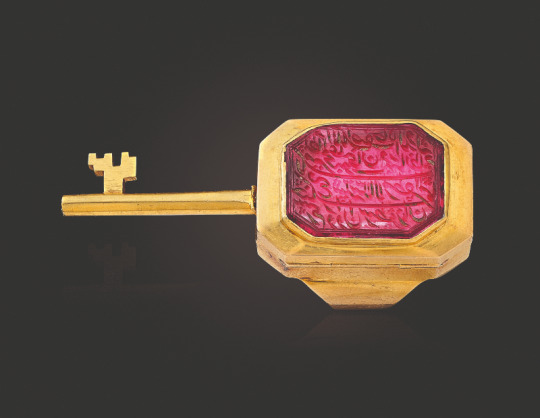
Gold ring with spinel seal and hidden key, India, mid to late 19th century
from Christies
510 notes
·
View notes